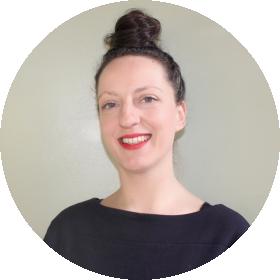By Bojana Panevska
Artist residencies provide space, time, and concentration for making art, doing research, and for reflection. Residencies are crucial nodes in international circulation and career development. They are also invaluable infrastructures for critical thinking and artistic experimentation, cross-cultural collaboration, interdisciplinary knowledge production and site-specific research. The globalization process and the demands of the creative economy have had an impact on artist residencies. Ecological and geopolitical urgencies are now also affecting them more and more.
Critical insights
In response, many residencies today actively search for more sustainable alternatives in terms of artistic practices than what the current neoliberal condition allows. With a range of critical insights from the field of residencies, this book asks what the present role of artist residencies is in relation to artists and the art ecosystem amid transformations in society.
From community building to digital presence
Bojana Panevska from DutchCulture’s Mobility and Advice desk contributed a text with the title Residencies: From community building to digital presence. She writes about four different approaches of organizing residencies that are changing the format not only of the term but also in the approach of how artists are working and developing a project: “With the constant renewal of old and tested ideas, different forms of hospitality are explored, best practices are rapidly being implemented in different contexts and translated from local to global. Residencies do not exist in a bubble separate from the rest of the (art) world; rather, artists and organisers are actively rethinking their role in the community and society.”
Benefits
Panevska explains, for example, how residencies are giving support to artists at risk: “In these times when (western) countries’ borders are opened only selectively depending on specific socio-economic criteria, it is of utter importance to have places where artists can also be safe (and sheltered) to express themselves.” Also, what are the benefits of artist- or self-organised residencies: “More and more artists are taking matters into their own hands by organising residencies. In some way, they are establishing new models for residencies by experimenting with space, time and funding. Very often this is done in a rural area, for obvious reasons of being more affordable, but also of reconnecting oneself with a different surrounding.”
Contemporary Artist Residencies, Reclaiming Time and Space, editors Taru Elfving, Pascal Gielen and Irmeli Kokko, Valiz 2019.
Contributions fom (a.o.): Livia Alexander, Helmut Batista, Francisco Guevara, Maria Hirvi-Ijäs, Jean-Baptiste Joly, Patricia Jozef, Vytautas Michelkevičius, Marita Muukkonen, Nina Möntmann, Jenni Nurmenniemi, Alan Quireyns, Florian Schneider and Ivor Stodolsky.
You can order the book here.



